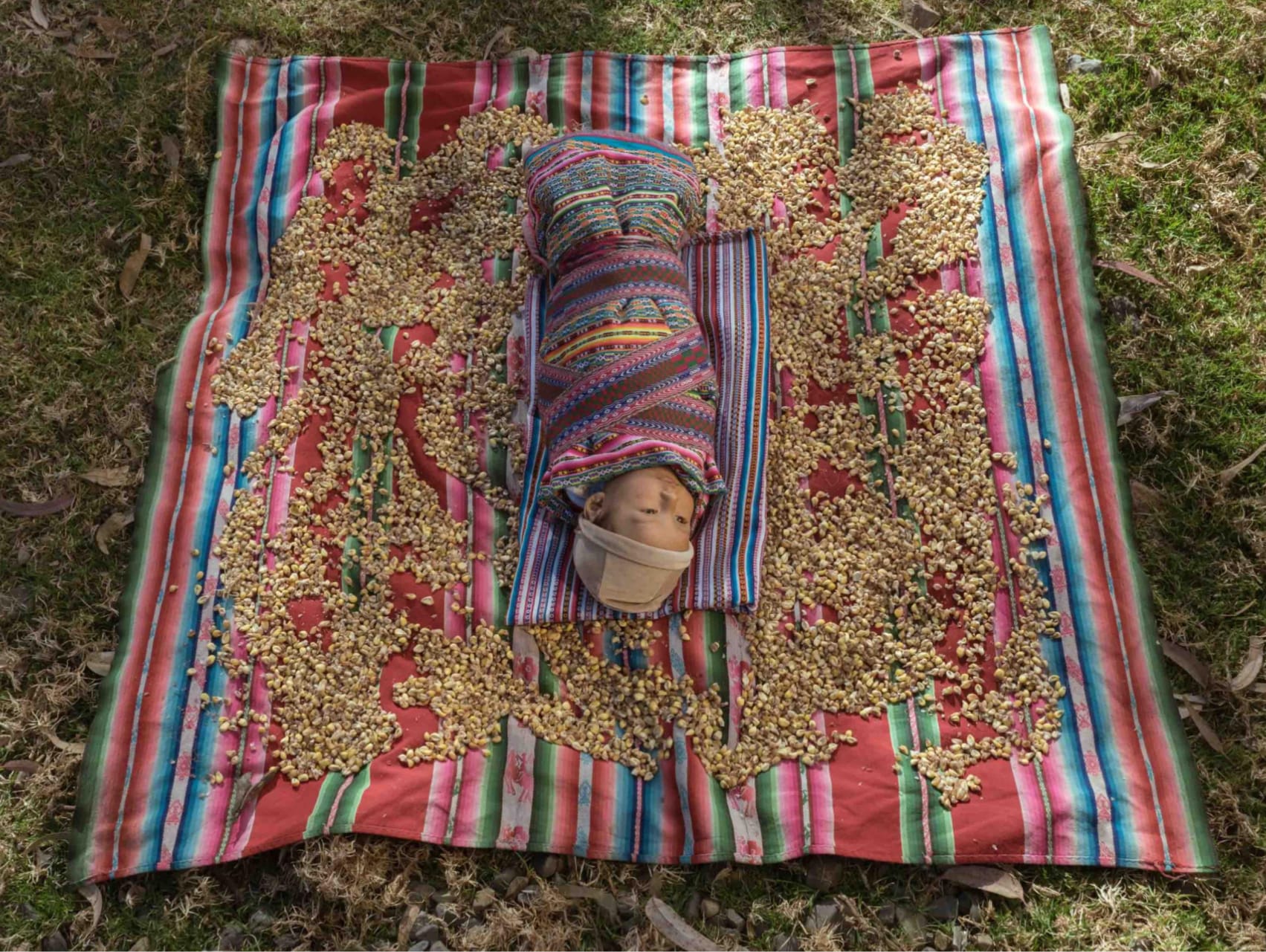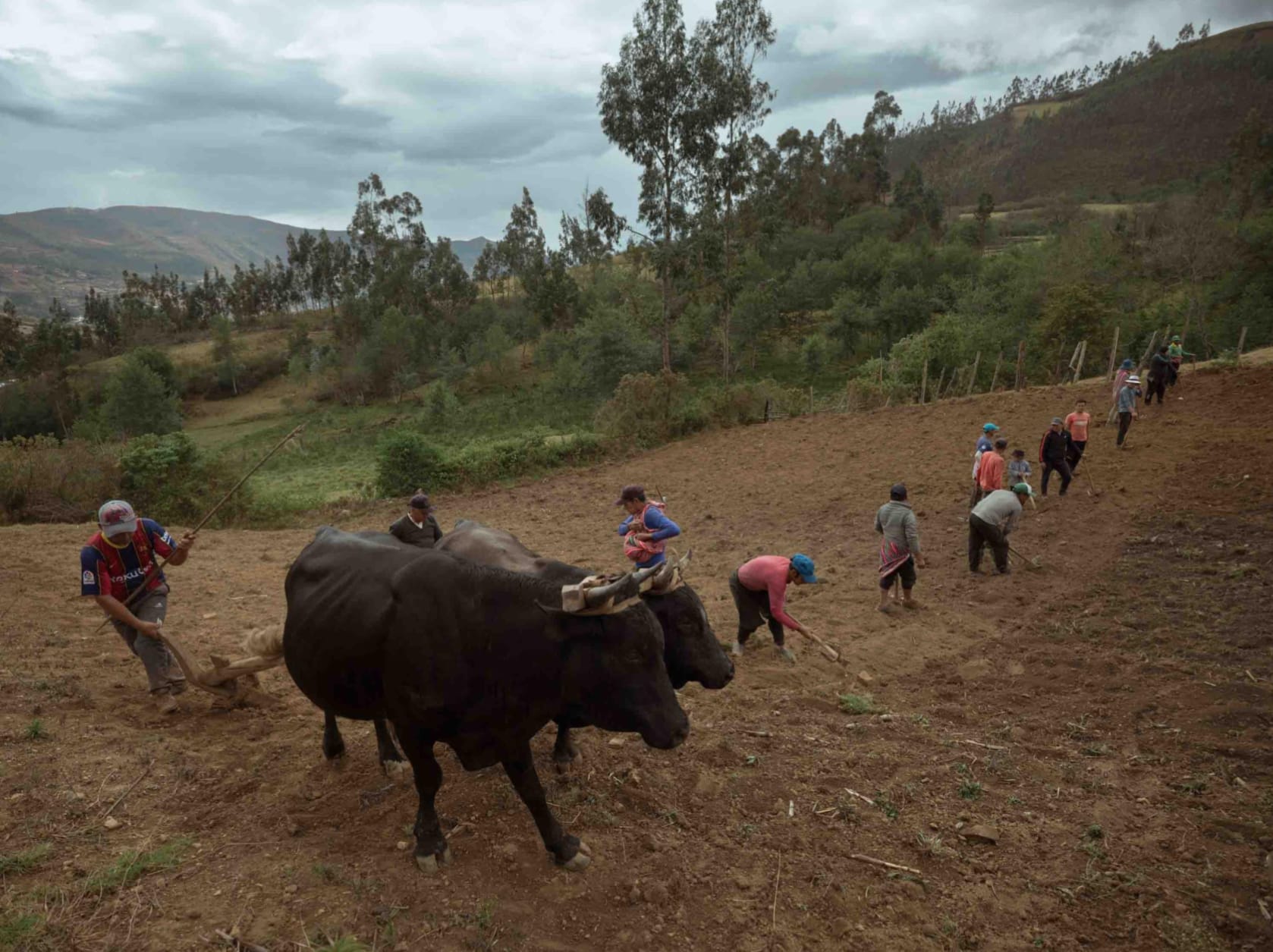Peruvian National Geographic photographer Florence Goupil has been documenting the profound connection between the elders of the Quechua, Nashua and Wanka communities and nature. These Indigenous South American groups from Mexico and Peru have been employing ancestral wisdom to conserve over 54 varieties of corn over 7,500 years old. Compiled in a series titled Qutiy, Returning to the Land, the photographs reveal how tribe elders (and the younger generations that they nurture) are able to cultivate these different corn varieties even in the face of severe droughts and other extreme weather induced by climate change.
The photographs uncover how Indigenous South American people live hand-in-hand with nature. They show how nature is integrated into every aspect of their life, from birth to death, through various rituals. Their agricultural practices derive from the conscious elevation of the status of nature and the belief that it is every bit as important as human life. During these tumultuous times, where unpredictable weather has severely affected the world’s food supply, these communities can emerge as leaders to guide the rest of the world on how to sustainably coexist with nature. This is why Returning to the Land by Florence Goupil is aligned with the United Nations Sustainable Development Goals of Reduced Inequalities, Life on Land and Climate Action.

While documenting these agricultural practices, Goupil encountered Magdalena Gamboa, a Wanka elder who shared that songs, tender gestures and poems are key ingredients to plentiful crops. “We plant the seeds with the power of the song,” she shared. Though these approaches may seem superfluous to non-indigenous people, they have gleaned actual results. Numerous food chains across the globe have been disrupted due to extreme weather. One example is how the recent flash flood in Seville, Spain, compromised local orange and persimmon crops to the point where damages surpass USD 1.152 billion. In Brazil, closer to the sites documented in Qutiy, Returning to the Land, ongoing severe droughts have halted coffee production, soaring prices to a 50-year high record. These instances are proof as to why it is important to return to sustainable agricultural practices that do not cause damage to the land that food is grown on.

Florence Goupil’s Qutiy, Returning to the Land highlights the profound connection between Indigenous South American communities and nature. Through striking imagery, the series reveals how these communities integrate nature into every aspect of life, treating it as an equal partner when cultivating crops through rituals, songs and sustainable practices that enrich rather than exploit the land. At a time when climate change threatens global food security, Goupil’s work underscores the critical importance of learning from Indigenous knowledge to create harmonious agricultural systems.
Find out more about Qutiy, Returning to the Land and other pieces by Florence Goupil on her website www.florencegoupil.com or Instagram @florence.goupil.
